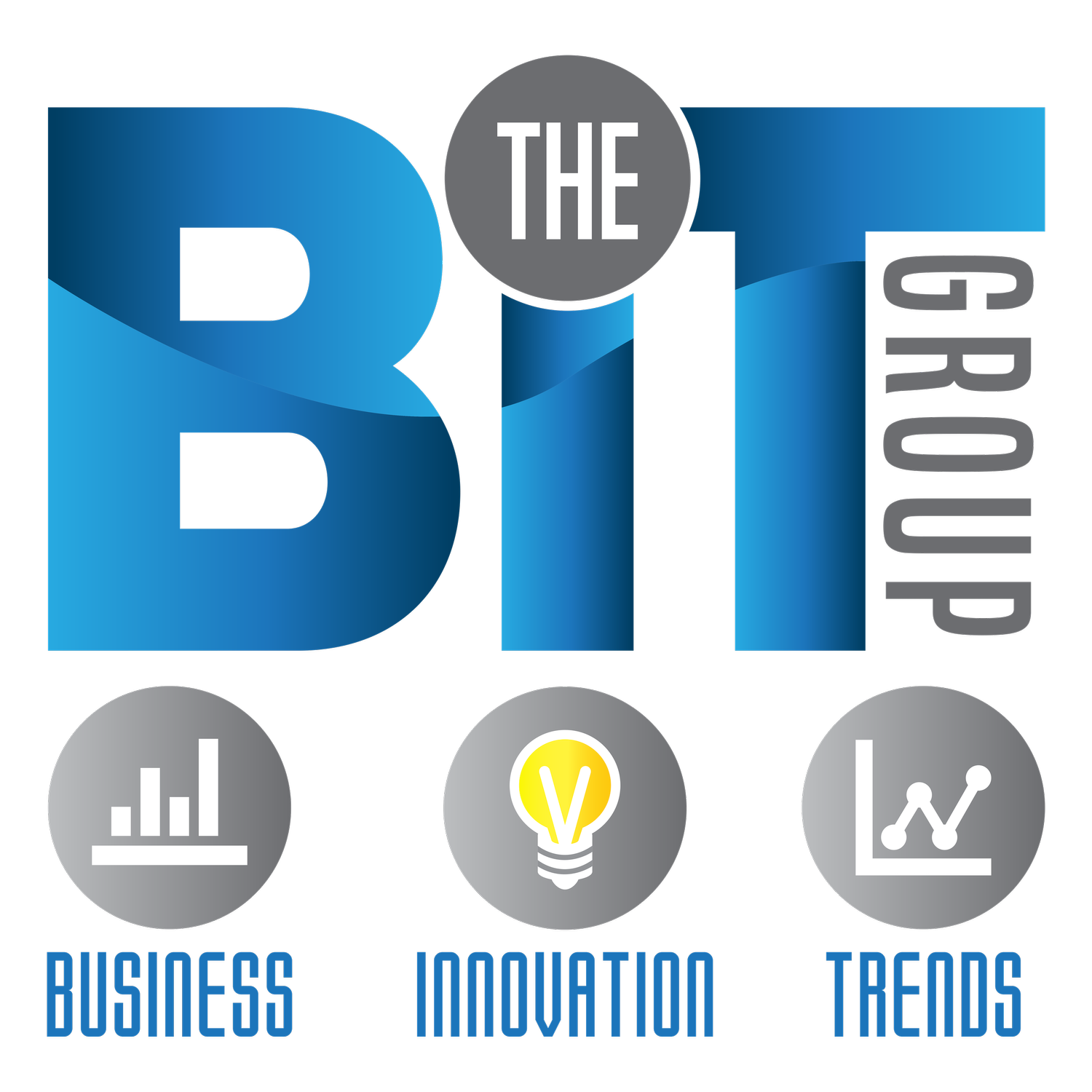MAKING IT HAPPEN
There is strategy and then there is good strategy, and understanding the difference between the two rests on the ability to answer seven fundamental questions:
1. What business are you in? Many companies are in more than one business and/or offer a variety of products and/or services without knowing it. Others have a single focus or a few well-conceived products or services. It’s important to understand the business you are in, the competition, and the most innovative practices in your industry. Sam Walton started Wal-Mart to bring popular brands to smaller communities at low prices.
2. What other businesses are you in? Many companies don’t see their business through a wide enough lens. They fail to capitalize on other business opportunities that can accrue from little more than a change in thinking. For example, trucking companies are in the transportation business; banks are in the transaction management business; soccer teams are also in the entertainment business. If Ford and GM make more profit from their automobile financing products than their cars, are they not a financial services company also?
3. What are your core competencies? Knowing the core competency of your company will give you an incredible competitive advantage. Competencies are not mere strengths. Every company has its strengths, but only a very few strengths are true competencies that are going to give you an edge over the competition, market differentiators that separate you from others. But core competencies are often very subtle: one billion-dollar computer connector manufacturing company took much of its skyrocketing growth from an unnoticed core competency—the ability to acquire companies and hold onto their key employees and customers.
4. What are your core values? Isolating and identifying core values is crucial. If your core value is shorter profitability, you need to organize your company accordingly. If you value long-term relationships with customers, this requires a different strategy, compensation package, and organizational chart. What you value should inform your strategy through and through. Southwest Airlines has a people oriented culture, so they hire for hospitality skills and humor.
5. Which competitor will be your next partner? Necessity is the mother of odd couplings. It may be to your advantage to form a strategic partnership with a competitor on a specific product, R&D, or other aspects of your business in order to remain a player in your field. The world has changed, and a past competitor can be a future ally. Good strategy is open to new realignments, even with a current competitor. Further, when you research a competitor-as-potentialpartner, you will see the company’s strengths and weaknesses in a new and strategically important light. When Sun Microsystems looked at some competitors’ strategies, it moved to outsource all facilities management functions, realizing that the company wasn’t well suited to be in the real estate business.
6. Are your short-term goals and long-term strategies aligned? Public companies tend to think from quarter to quarter in order to please financial analysts and shareholders. The pressures of the next quarter too often conflict with the opportunities of the next few years. Companies need to align short-term results with long-term profitability, short-term profits with long-term customer satisfaction. When Barclaycard realized that it had a long-term strategy of individualizing transactions with customers, it altered its credit-card product array significantly.
7. Do your answers to questions 1–6
complement (or negate) one another? Too often a company will provide a viable answer to one or two of these questions. The real advantage, however, will go to the company that continuously examines itself in the context of several of these questions. For example, are core competencies, goals, and values working together to meet both long- and short-term goals?
CONCLUSION
Strategy is becoming increasingly important to business success. Good strategy is the result of: knowing the assumptions of your business model; sound investigation; open, curious, and broad thinking; and asking the right questions—often. Though strategy is often changed precipitously, in today’s world it is far better to be useful than to be correct. Old ways die hard, so strategy under constant scrutiny is best understood as an agent of change.

